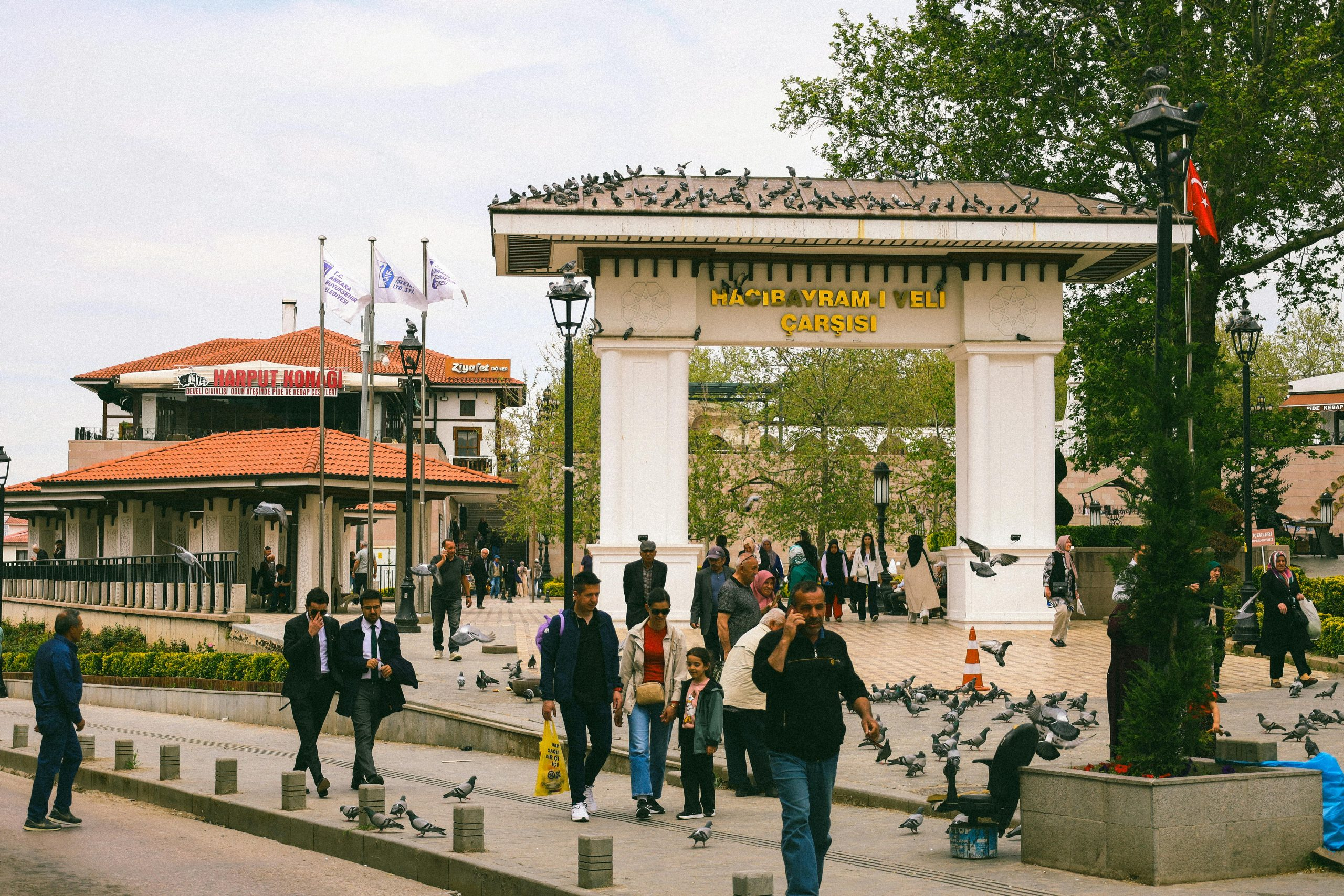Gated Communities: Security or Social Divide?
Gated communities have become increasingly popular in recent years as a result of the growing concerns of safety and security. These privately owned neighborhoods are defined by physical barriers such as fences or walls, as well as controlled access through gates and guardhouses. On one hand, these gated communities offer a sense of security and exclusivity for their residents. On the other hand, there are concerns that they contribute to social division and inequality. With the rise of these gated communities, the question arises: are they primarily for security or do they create a social divide?
The Promise of Security
The primary selling point of gated communities is undoubtedly the promise of security. By limiting access to a closed community, it is believed that residents can feel a sense of safety and protection from crime. These communities often have security measures such as CCTV surveillance, security guards, and restricted entry points. This closed-off environment provides residents with a sense of control over their surroundings, and studies have shown that residents of gated communities tend to feel safer than those living in non-gated neighborhoods.
Furthermore, gated communities are often marketed as a way to escape the crime-ridden and chaotic world outside. This is especially appealing to those seeking a peaceful and quiet living environment. With a higher sense of security, residents can enjoy a more relaxed lifestyle, free from the stress and fear of crime.
The Social Divide
While gated communities offer attractive perks, there are concerns that they contribute to social division and inequality. The primary concern is that these communities are exclusive and only cater to a certain demographic – the wealthy. They often have high property values, strict regulations, and residents must pay additional fees for amenities and maintenance. This creates a barrier to entry for those who cannot afford the cost of living in a gated community, leading to a separation of social classes.
Moreover, the strict regulations and rules of gated communities can also perpetuate this social divide. These rules can restrict the types of activities allowed within the community, as well as the appearance of homes and yards, resulting in a homogenous and often unaffordable standard of living. This exclusion of diversity can lead to a sense of isolation for the residents and can potentially lead to a lack of understanding and empathy for those living outside the gated community.
The Impact on Surrounding Communities
In addition to the potential social divide within the community, there can also be an impact on the surrounding neighborhoods. The creation of gated communities can result in the neglect and abandonment of neighboring communities. As affluent residents move toward the safety and exclusivity of gated communities, businesses and services may also follow, leaving the surrounding areas with a lack of resources and potential decline.
Moreover, the limited access to gated communities can also hinder social interaction and integration with the outside community. This can lead to a lack of understanding and empathy for those living outside of the gated community, further perpetuating the social divide.
Finding a Balance
While the debate persists on whether gated communities are primarily for security or social divide, it is essential to find a balance between the two. The promise of security should not come at the cost of creating a division within society. It is crucial for gated community residents to engage with and support the surrounding community and for developers to create more inclusive and diverse communities.
Furthermore, local governments can play a role in ensuring that the creation of gated communities does not have a negative impact on the surrounding area. They can implement policies that encourage diversity and promote the integration of gated communities with the surrounding neighborhoods.
In Conclusion
In conclusion, gated communities offer a sense of security and exclusivity for their residents, but they also contribute to a social divide. It is essential to recognize and address these issues and work towards creating a more inclusive and integrated society. With a balance of security and social cohesion, gated communities can become a positive addition to our communities rather than a barrier.











